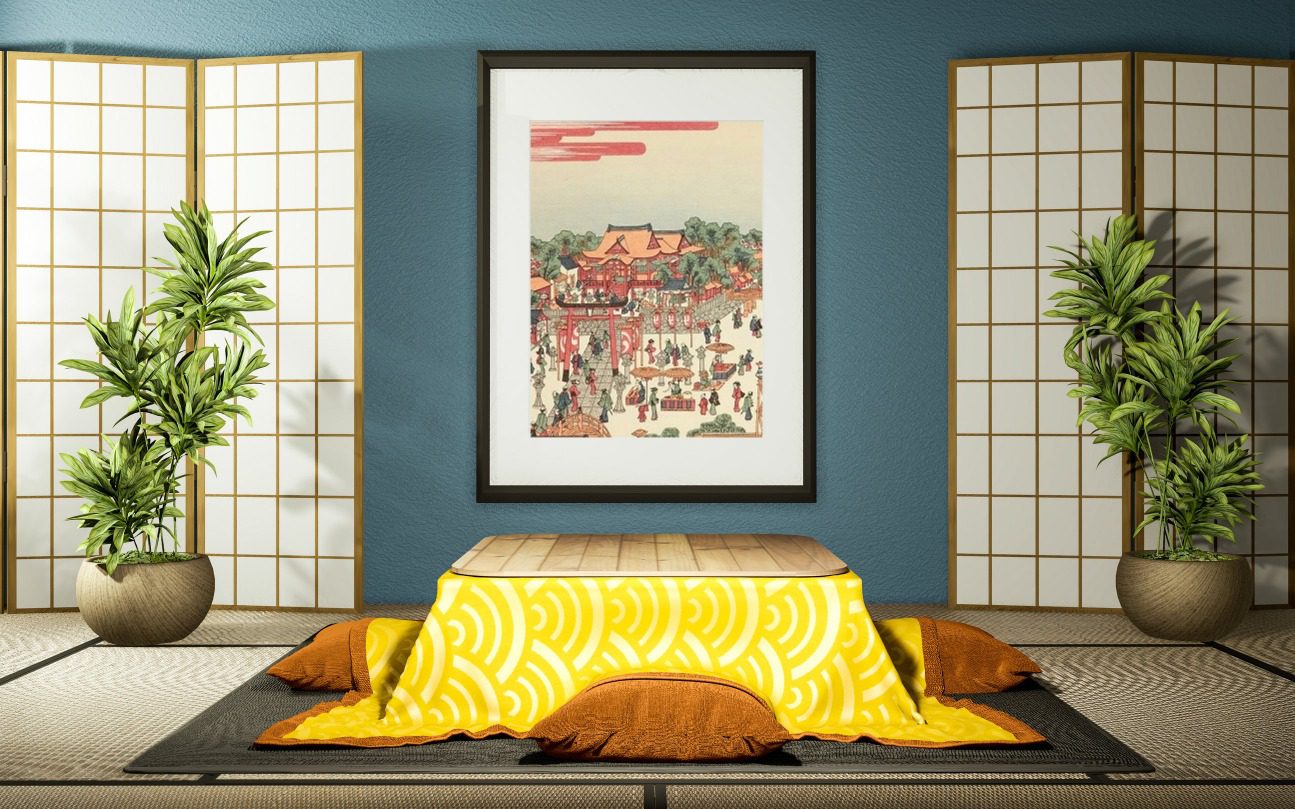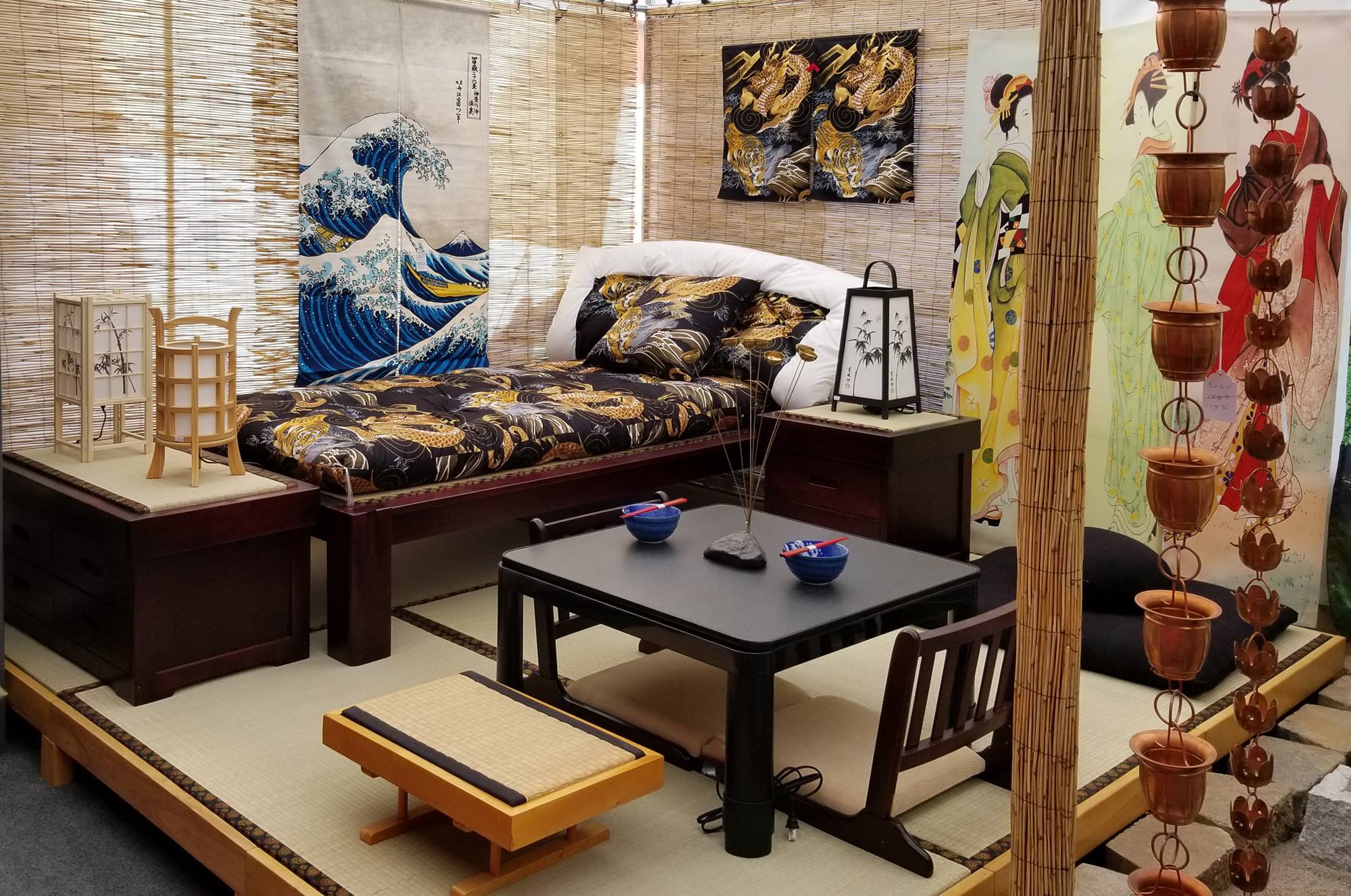Chances are, you have probably seen an authentic Japanese film, television show, or at least one that is set in a Traditional Japanese Home. Even Hollywood movies or shows feature Japanese homes. And you may have noticed the unique, certain commonalities among them. Let’s discuss what these typical themes are. Email us here with questions.
Sliding doors
Sliding doors are widespread among Traditional Japanese homes. This can be traced back to the olden times when the ancient Japanese used partition screens to isolate big rooms from other rooms. The partitions originally were fixed into the homes’ walls, but because it was inconvenient, grooves were added, making them sliding instead. And these sliding doors are what you often see even among modern Japanese homes nowadays. The Japanese term shoji is what they used to call the fixed partitions separating the rooms, but now the term is used to refer to the sliding doors that consist of little squares of paper affixed to wood lattices. The squares, often white, are translucent enough for soft light to seep through, resulting in in-home beauty that’s both function and style.
Floor mats
Tatami is what the Japanese use to refer to the mats laid down on their floors. In the past, the Japanese only used tatami mats exclusively for sitting on, so they were just limited in number. But nowadays, you can use tatami mats to cover the floors of rooms entirely. This practice actually stemmed from the cushions being sat on by monks at the Buddhist temples, referred to as enza. The result is a square-type cushion called zabuton, which was first made from exquisite cloth but evolved to its modern-day form during the 1600s to 1800s, where cushions were then attached to the cloth.
Dining Japanese style
When people ate their meals during the olden times, they ate separately on boxed trays known as the bento. But during the dawn of the Meiji era, when Chinese and Western cuisines came into Japan, people started to gather and eat together. the Japanese also used tatami mats, and the dining tables had shorter legs. You can also find this unique and popular Japanese-style dining in authentic Japanese restaurants around the world.
Living room
For the traditional Japanese home, the living room is also where the family usually eats together. It is considered the center and focal point of the home. You can also notice the presence of a special cabinet called a chadansu that houses the bowls, plates, and other utensils they use for dining. The chadansu used to carry special tea ceremony utensils.
It can be frigid during the winter season in Japan, and to help the family warm up, they may use kotatsu, a heated table found in their living slash dining room. The origin of the kotatsu can be traced back to the middle ages, which originated from Zen Buddhist temples. In the past, coal was used to heat the kotatsu, but the kotatsu now uses electricity to heat up. To enclose the heat, kotatsus are shielded by a futon and placed under the table’s board.
These are some of the more common Japanese home features. Suppose you’re interested in learning more about Japanese-style homes and fixtures, you can get your ideas and favors from Japanese Style, home of high-quality Japanese products. Browse our collection at Japanese Style today!



